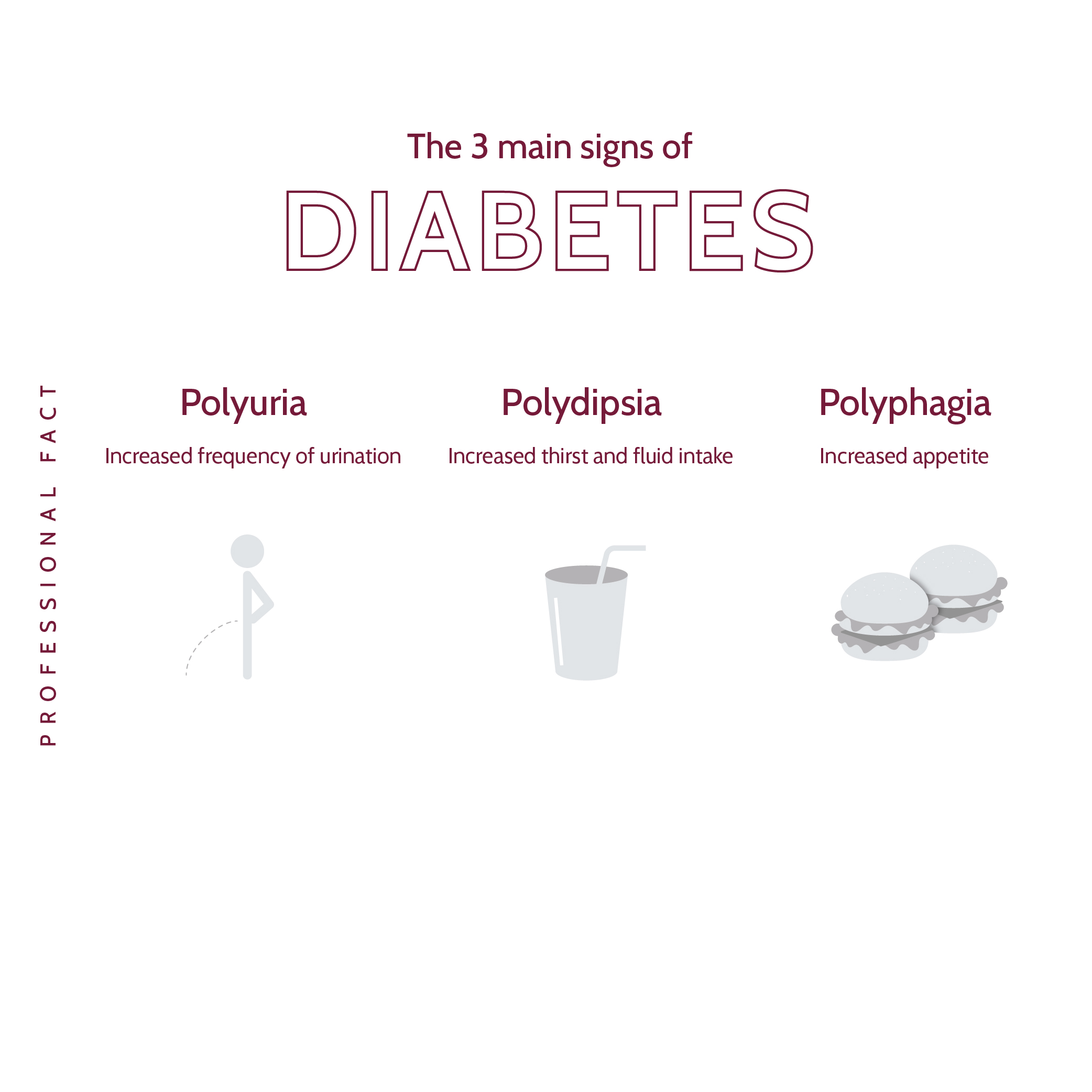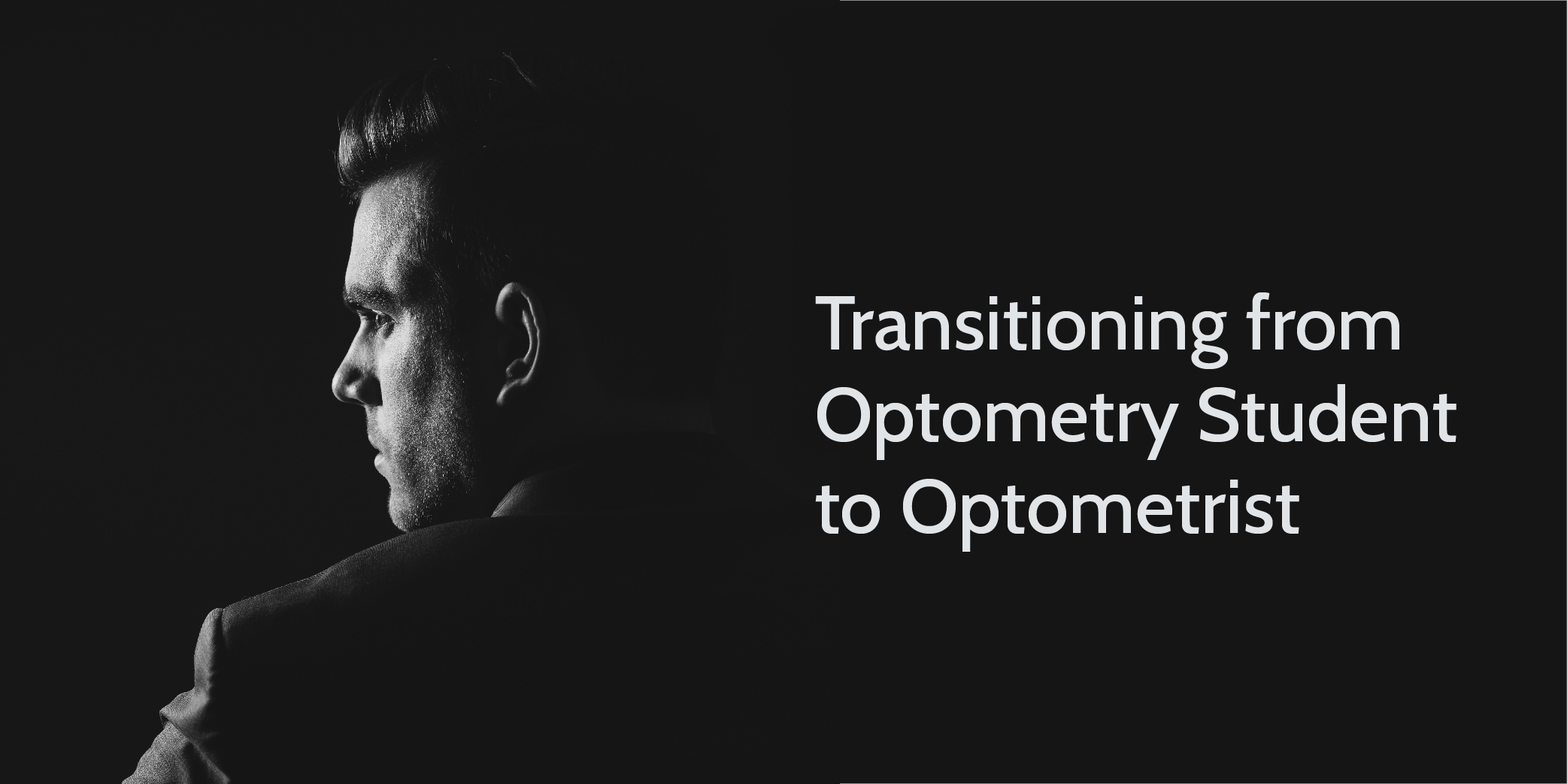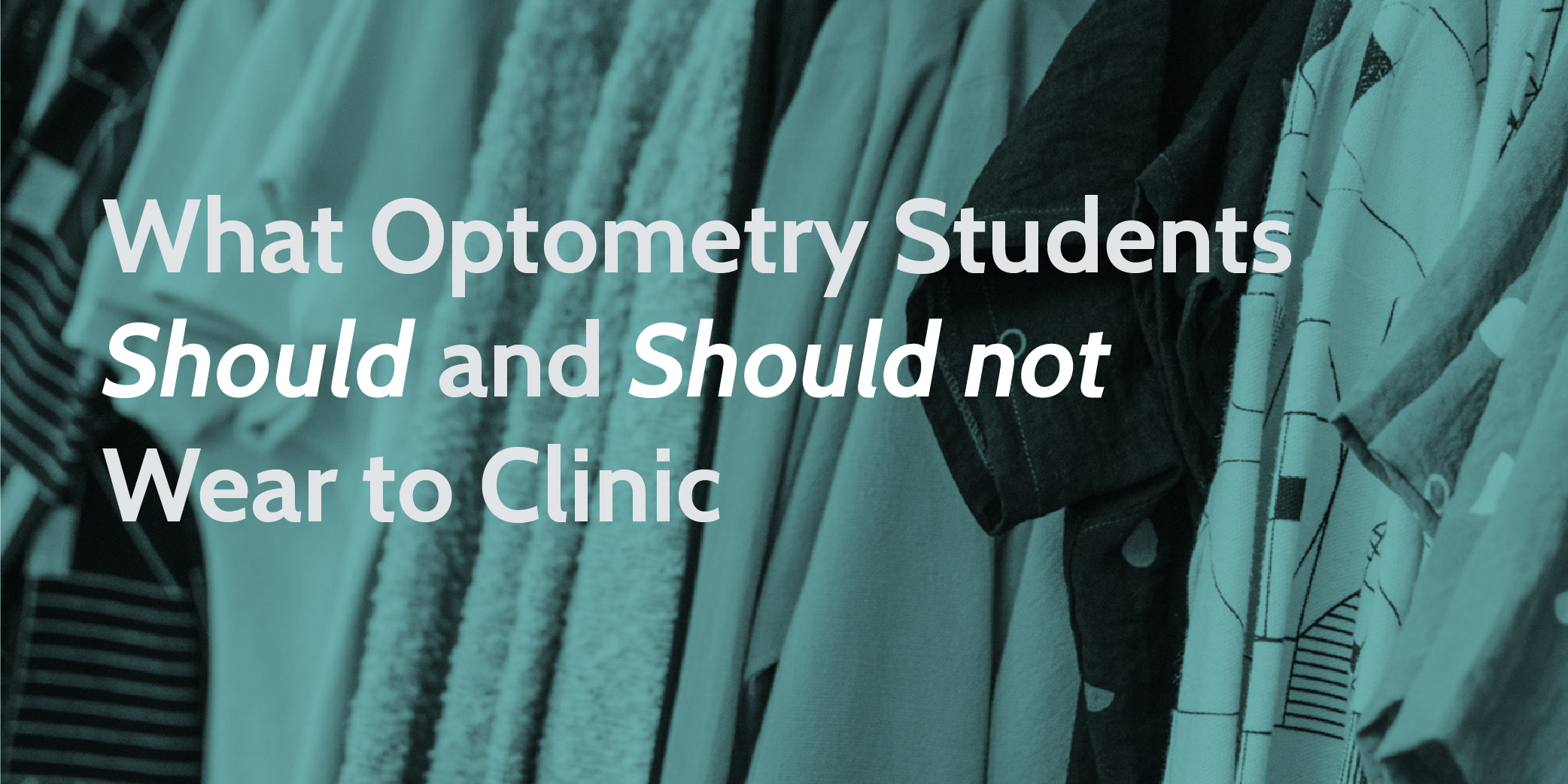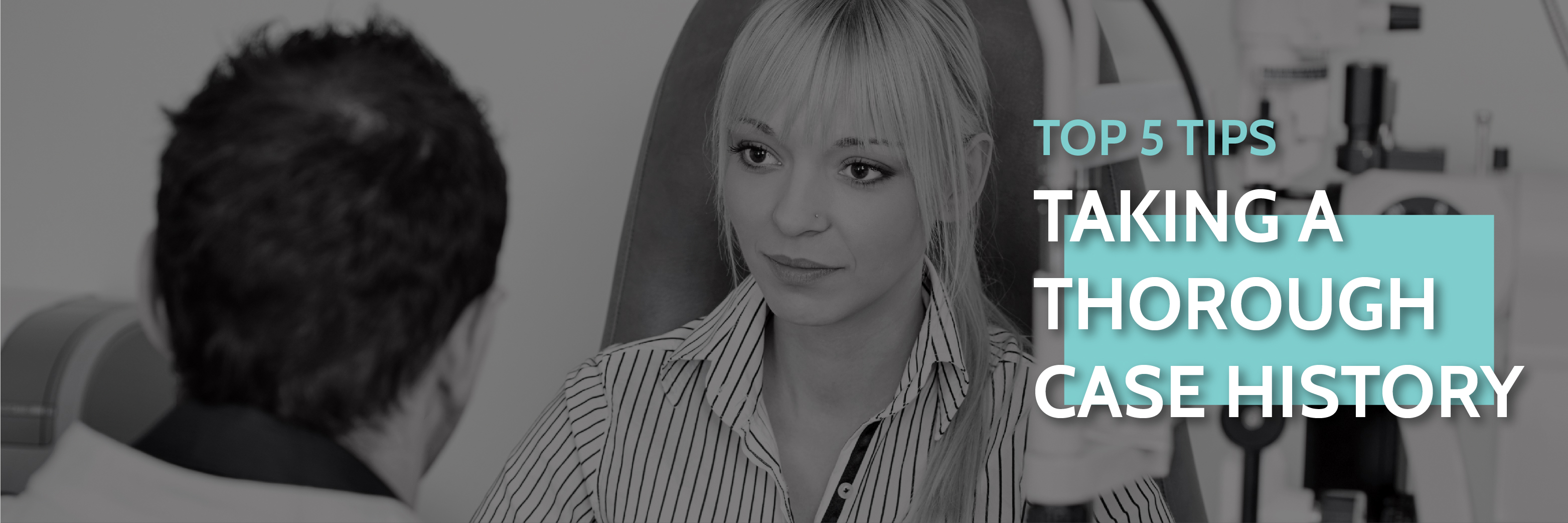Glaucoma management has become a very hot topic in the past couple of years with the approval of several new topical ophthalmic medications, the advances in glaucoma surgical procedures, and the many new treatments that are still in the pipeline!
Follow Us
New Kids on the Block: 4 Topical Glaucoma Medications
Topics: Glaucoma, Glaucoma Medications
Isolating a Paretic Muscle Using the Parks 3-Step Test
If you are anything like me, when I hear of a patient on their way into the office complaining of sudden onset of double vision, I get a little worried! I was never good at remembering all of the cranial nerve palsies, signs, symptoms, diagnoses, and causes.
But what I do remember is how easy the Parks 3-step test is in helping isolate the paretic muscle in cases of an acquired hypertropia. Here is a quick review that can help you feel more confident in tackling these patients!
Topics: Parks 3 Step Test, Paretic Muscle
The abducens nerve (6th cranial nerve) controls a single extraocular muscle; the lateral rectus. The lateral rectus is primarily responsible for abducting the eye. A palsy of the abducens nerve is the most common ocular motor paralysis; the affected eye turns inward toward the nose and is unable to abduct properly.
The deviation is constant and is typically greater at distance fixation than at near. The esotropia is also more noticeable when the patient is looking toward the affected side. Diagnosis of a 6th cranial nerve palsy may seem pretty straight forward when piecing together the patient’s history and examination findings; however, you should keep in mind that there are several conditions that may imitate isolated lateral rectus weakness.
We will review these 6 mimickers of a 6th nerve palsy for your review!
Topics: Cranial Nerve, 6th Cranial Nerve Palsy
Everything You Need to Know About Fourth Cranial Nerve Palsy
The fourth cranial nerve (trochlear nerve) controls the actions of a single extraocular muscle; the superior oblique. The trochlear nerve has several unique aspects; it is the smallest nerve in terms of the number of axons it contains, it has the longest course through the skull than any other cranial nerve, it is the only cranial nerve that exits through the dorsal aspect of the brainstem, and it innervates the superior oblique muscle on the contralateral side from its nucleus.
Diseases or injuries of the fourth cranial nerve can lead to paralysis or weakness of the superior oblique muscle which will cause certain signs and symptoms that you will see upon examination.
Topics: Cranial Nerve
Pupil-Involved vs. Pupil-Sparing Acquired Oculomotor Nerve Palsy
Optometrists are often on the front-line when it comes to diagnosis of certain medical conditions, as many disorders can present with ocular signs and symptoms as the initial indicators of disease. With that being said, there are a few conditions that you don’t want to miss as the first physician to see the patient; an acquired third nerve palsy is one of them.
Topics: Pupil-Involved, Pupil-Sparing, Oculomotor Nerve Palsy
Did You Know Optometry Student: Myotonic Dystrophy
Optometry Student, Did you know that approximately 90% of patients with myotonic dystrophy will develop cataracts in the third decade of life?
Topics: Facts
Transitioning from Optometry Student to Optometrist
As you 4th year optometry students begin your final year of school, you’ll find that these last months will fly right on by! Before you know it, you’ll be walking across the stage at graduation and then out on your own as a doctor.
There are several things that you should start preparing for during your final year to ensure that once graduation passes, you’ll be ready to fly solo. We’ve compiled a list of items to help start your transition from optometry student to optometrist.
Topics: Optometry School, 4th Year Student
What Optometry Students Should (and Should Not) Wear to Clinic
Most optometry schools will provide incoming students with some general dress code guidelines for clinic, and in some cases, standards for even just attending classes. The most important reason for a dress code is to ensure that students are presenting themselves in a professional manner as they are a not only a representation of the school, but of the profession of optometry as well.
Most optometry students are not used to dressing in this manner on a daily basis, so it may take a little time and experimenting with different clothing and shoes options to find that perfect balance of professionalism and comfort. We’ve come up with several tips to help get your clinic wardrobe started!
Topics: Dress Code, Clinics
Topics: Case History


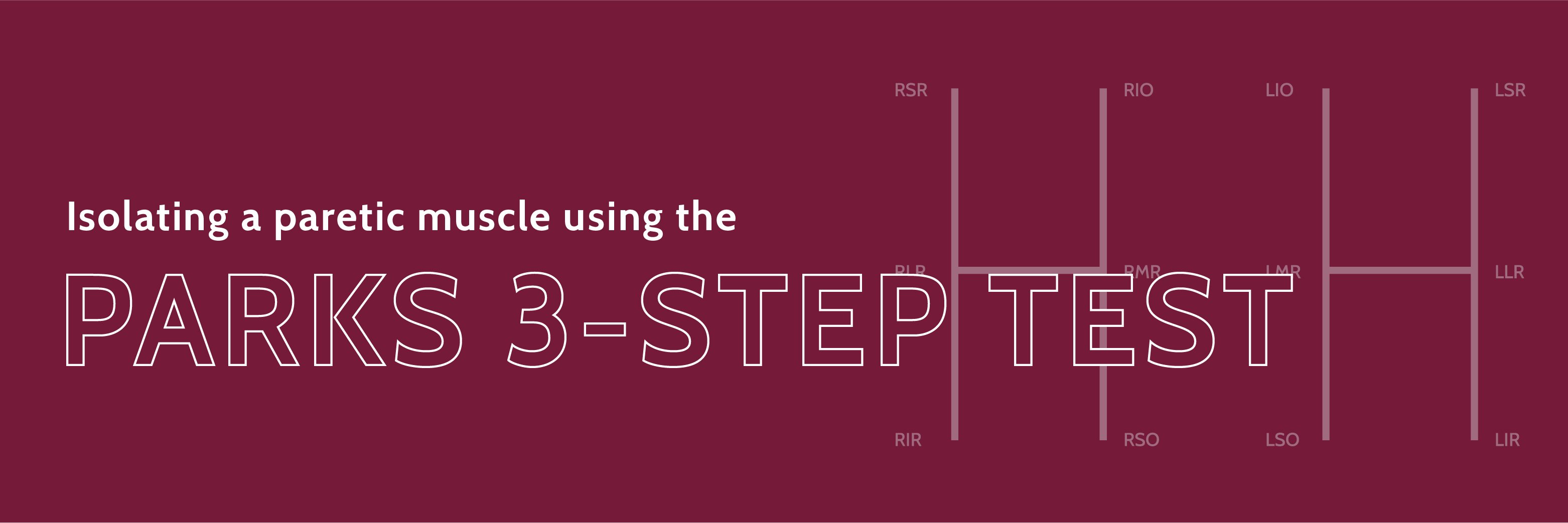
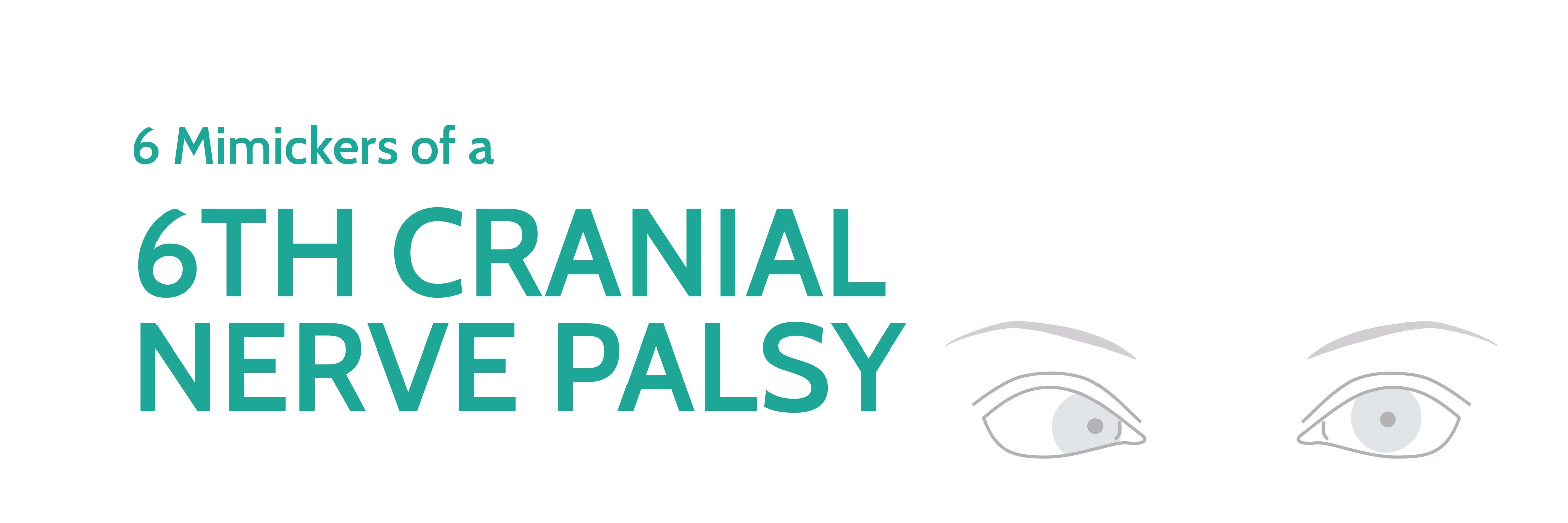
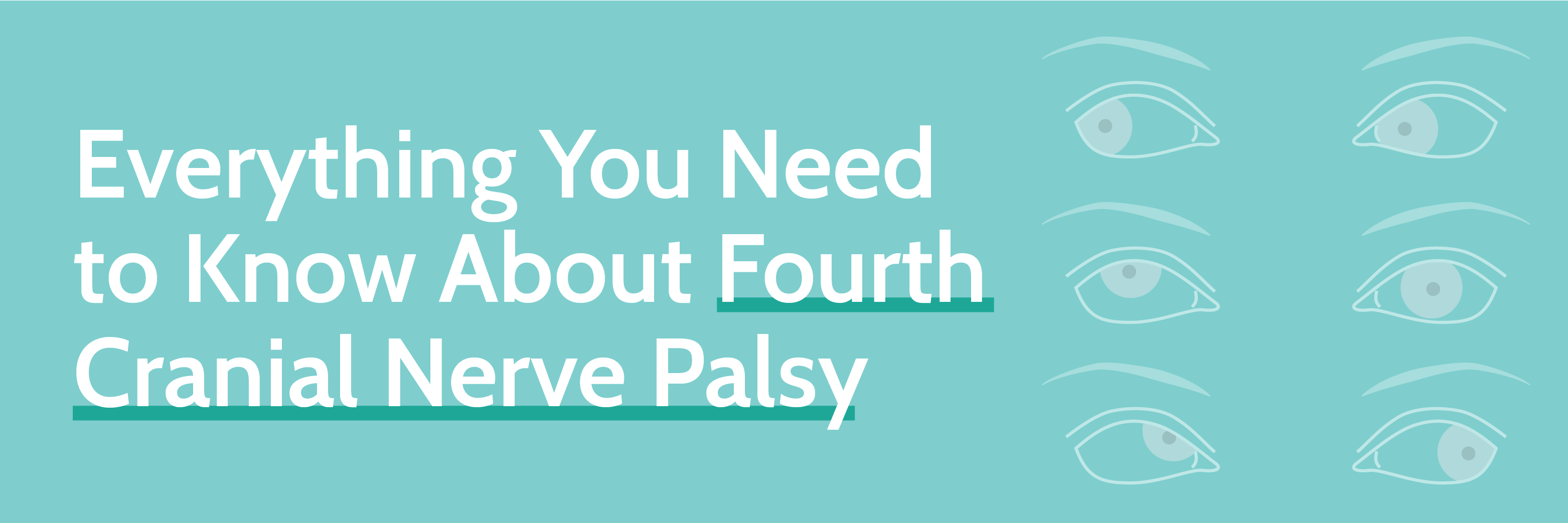
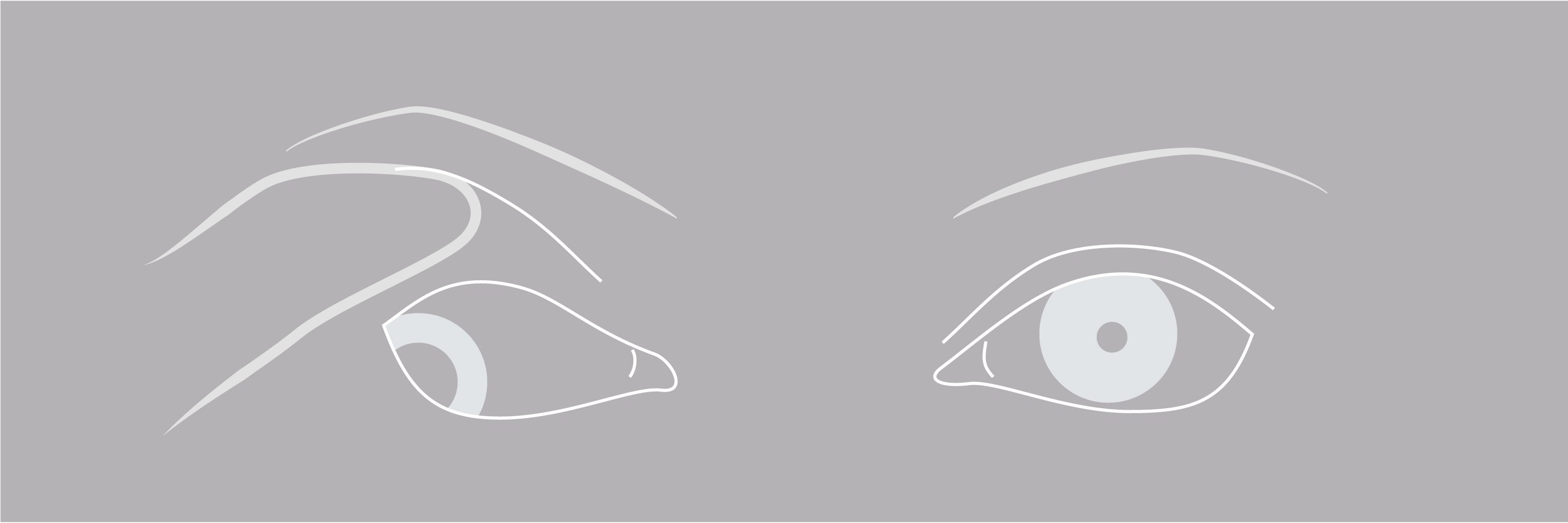
.jpg)
